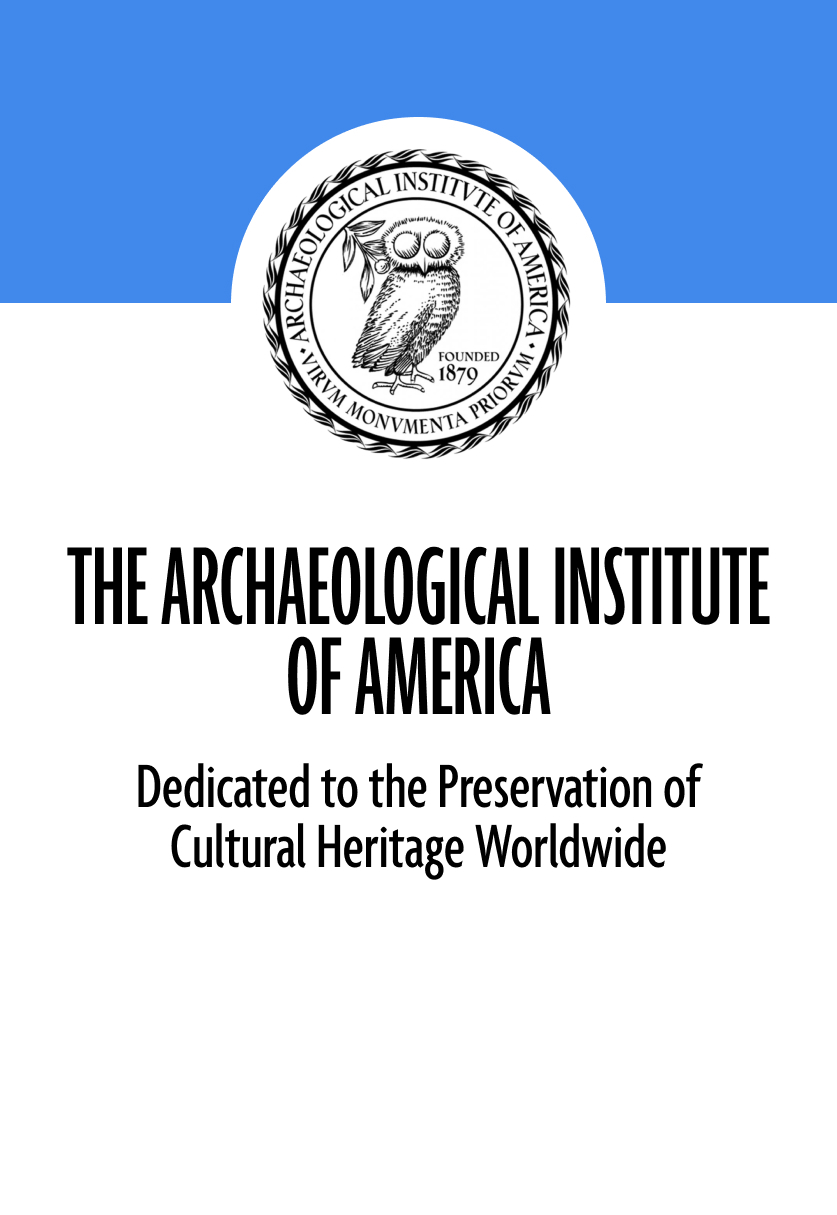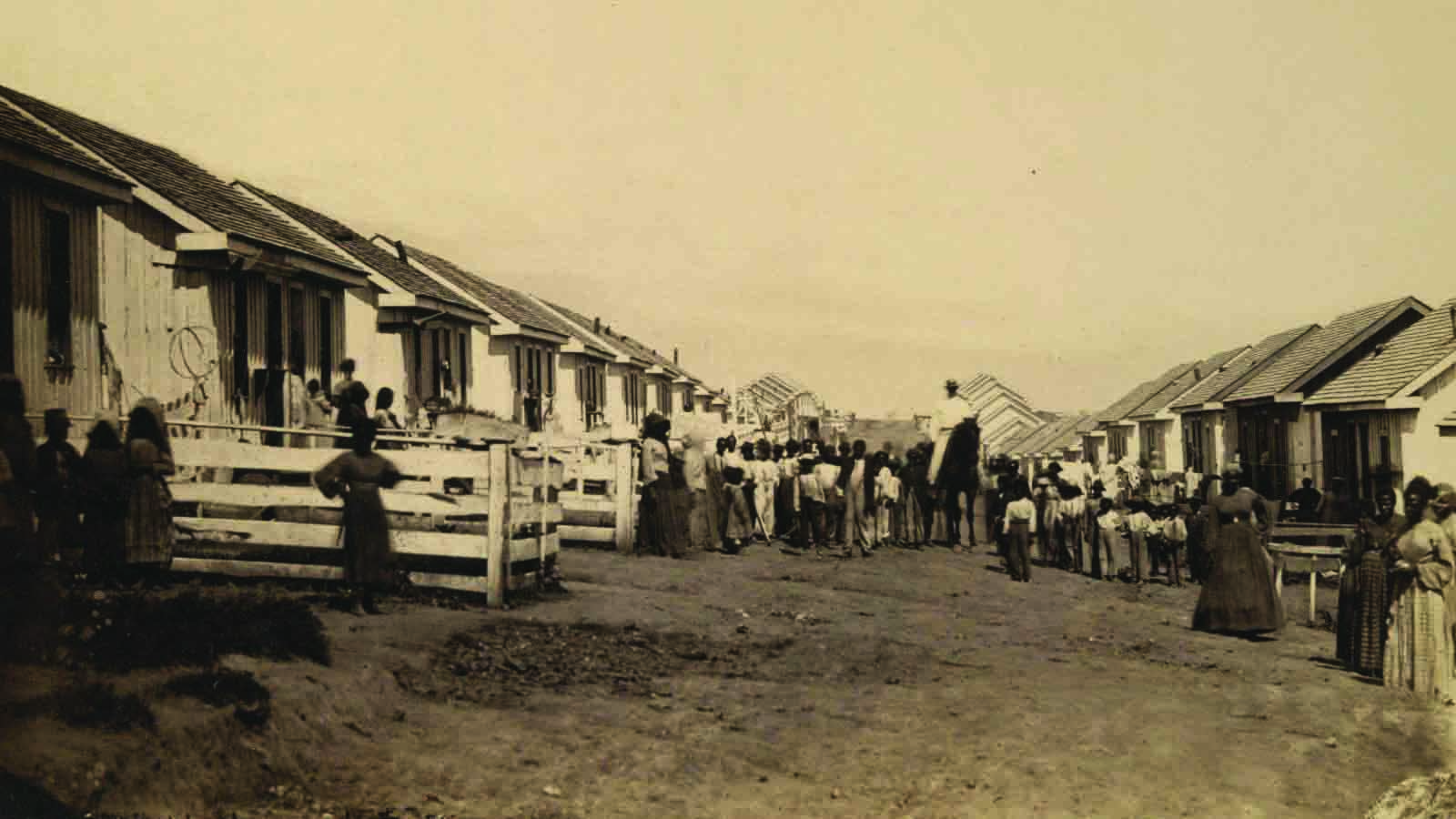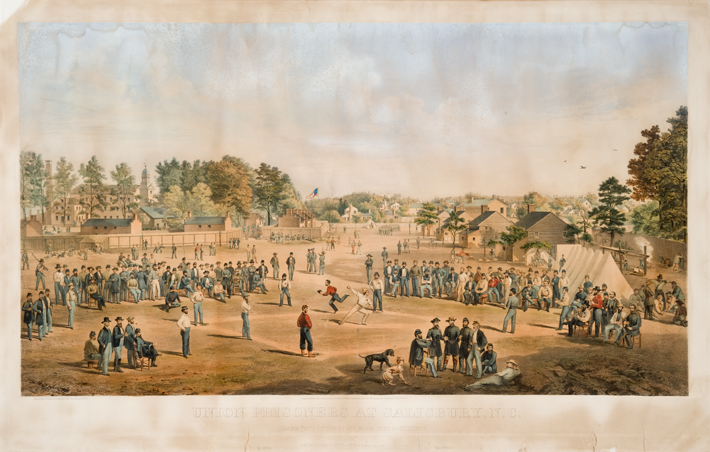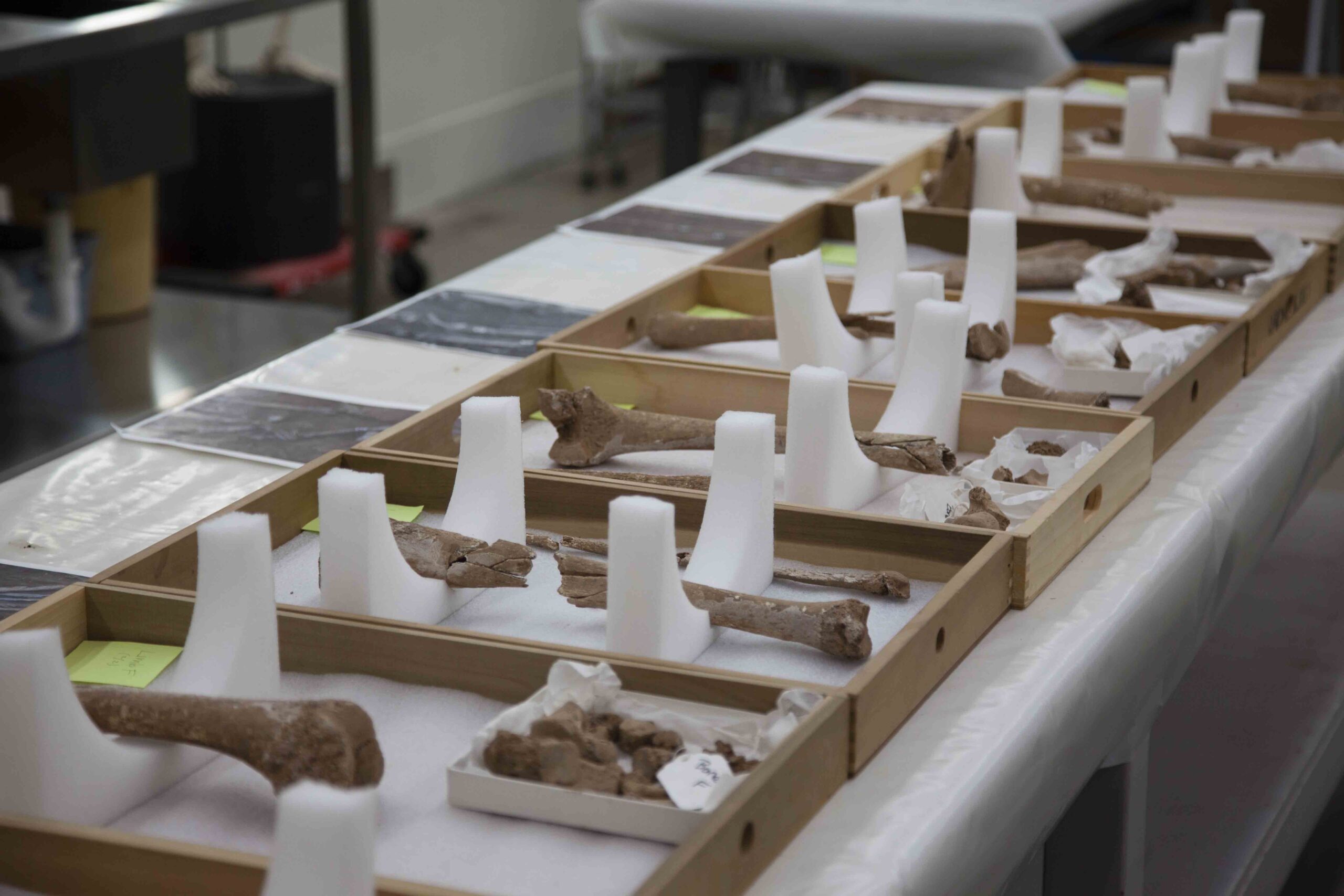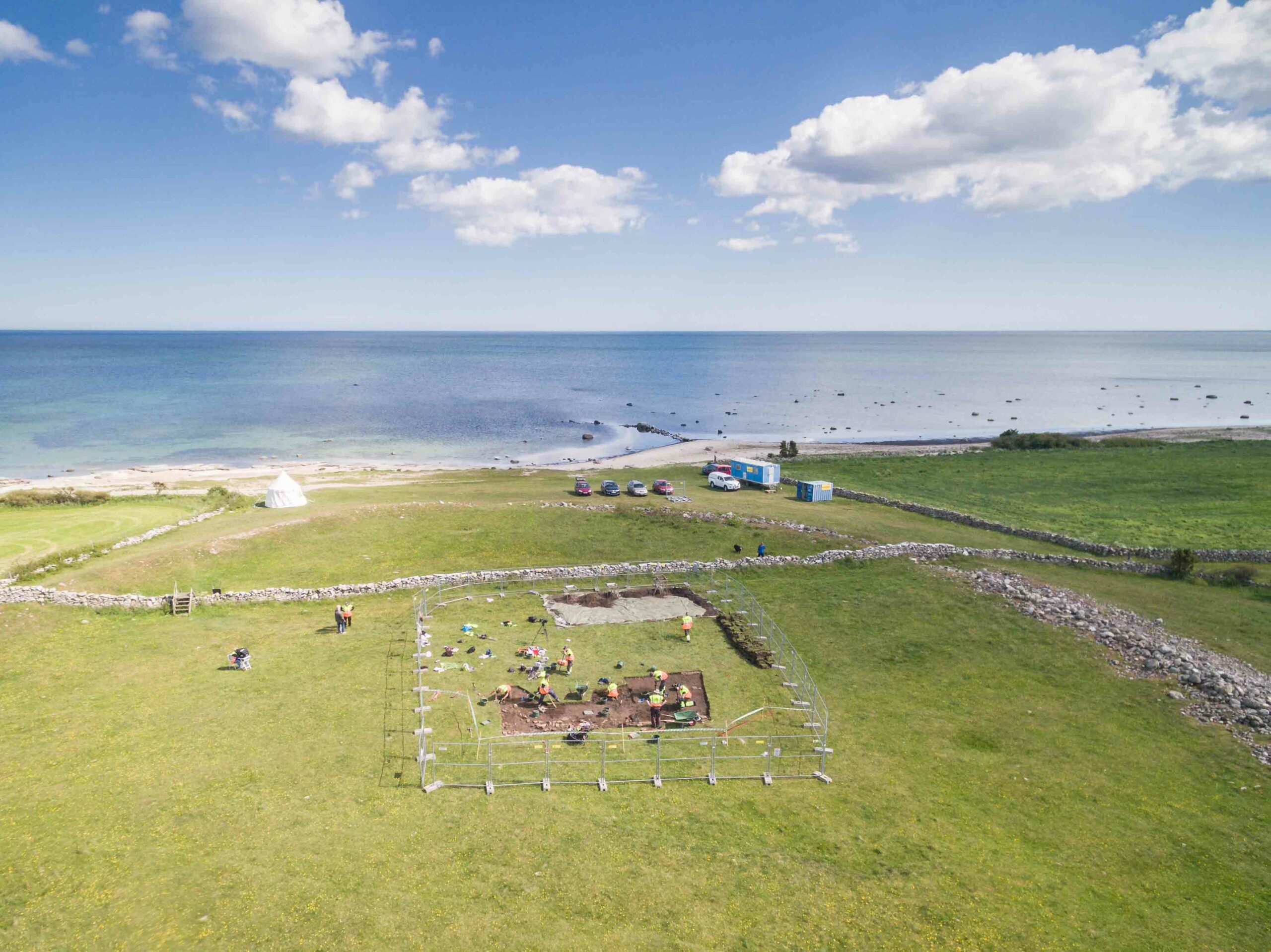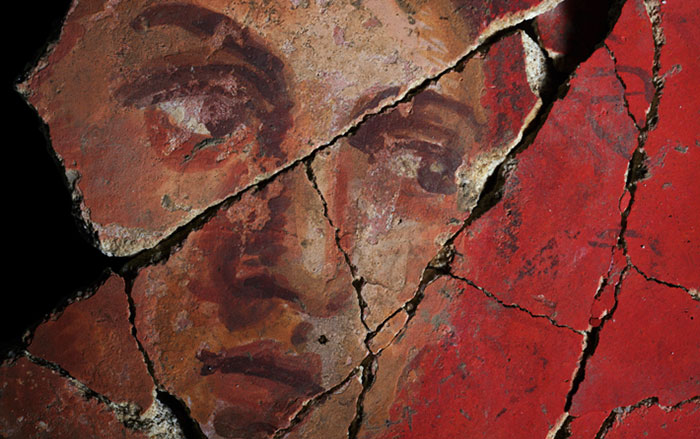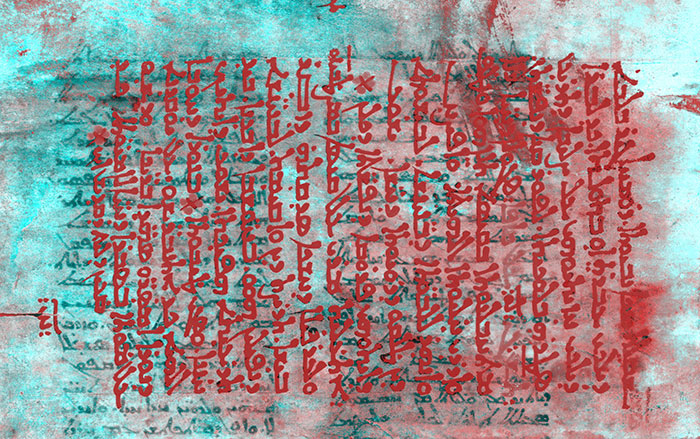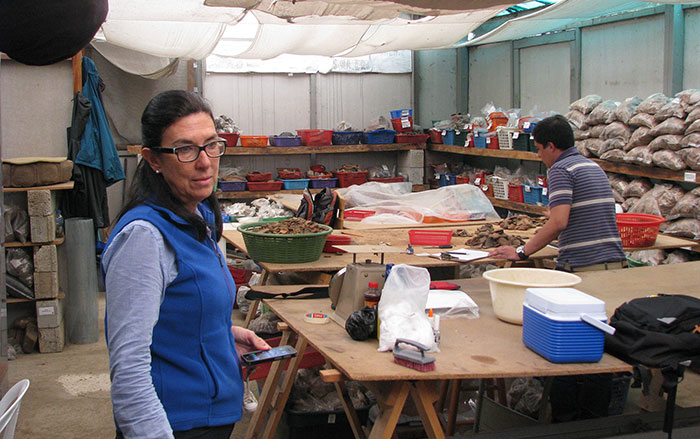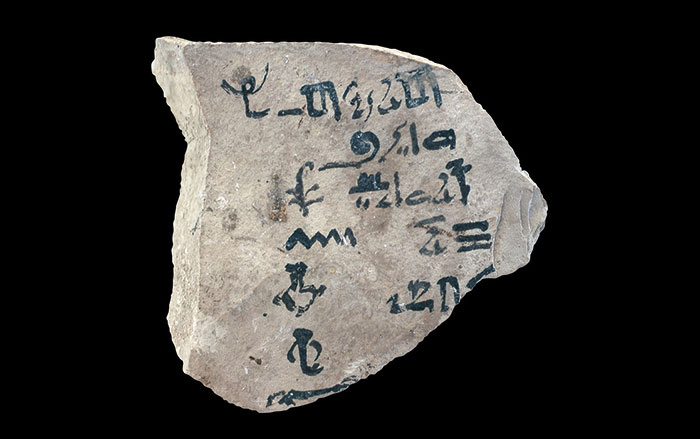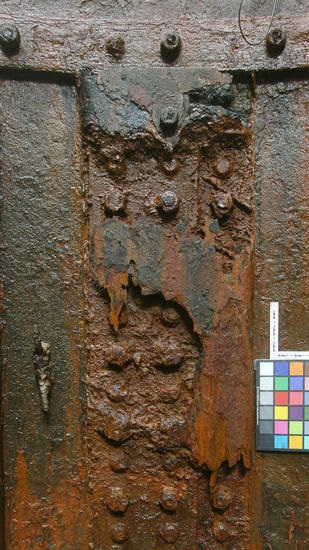
NEWPORT NEWS, VIRGINIA—Conservators at the USS Monitor Center at The Mariners’ Museum have begun to remove the marine concretions from the surfaces of the ship’s gun turret, which has been soaking in a 90,000-gallon treatment tank for five years. The Daily Press reports that the conservators will also remove the metal shields that line the interior of the turret to clean and to look for small artifacts that may have been trapped there when the warship sank. Most of the shields are in delicate condition, “but there are still four or five of them that are mostly intact—all on the starboard side of the turret where most of the artifacts have been found. So we believe there’s a pretty good chance there are more of them waiting to be exposed,” explained senior conservator William N. Hoffman. To date, the team has recovered a bone-handled knife, a silver table spoon, a monkey wrench, a glass tube for a steam engine gauge, and a cartridge for a naval carbine behind the shields. To read more about USS Monitor, go to "History's 10 Greatest Wrecks."
